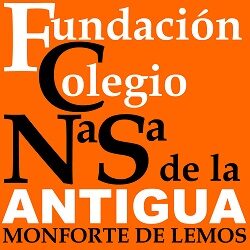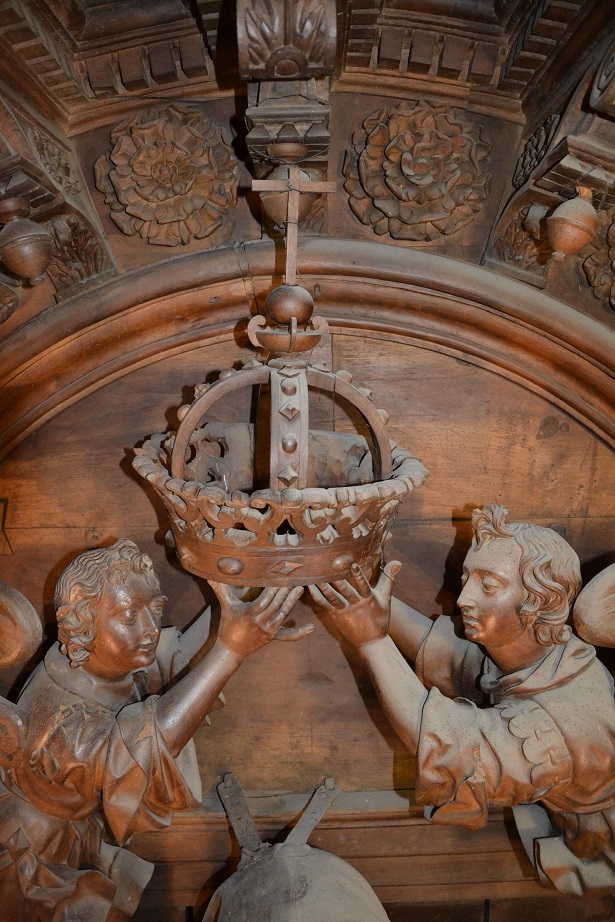It seems that Francisco de Moure began the altarpiece around 1625. When he died, an inventory of the pieces made was made in front of his testament, since the altarpiece was unfinished. This is the meaning of the text that we put below and that we collect from a study done by Fernando Pérez Rodríguez in “Cuadernos de estudios gallegos”:
-On the recognition made on July 19, 1639 it is necessary to highlight some sections that have not received the attention deserved so far. I am referring to those sculptural pieces, some finished and others in the execution phase, that were not seated in the altarpiece when our sculptor died, namely:
“Iten dos marcos con sus estípites y una cornixa y frontispicios y sus pirámides. Doce florones ocho grandes y los demás pequeños, siete pirámides. Ocho canecillos, ocho cartelas del cornisamento, dos términos que sobraron de pedestal de abajo del Retablo, una pilastra sin vasa ni capitel. Siete alas pequeñas y grandes para angeles. Un corazón, un obalo que se hacia para dentro de la Custodia. Un tronco comenzado a desabastar para los angeles de la Coronación de la Virgen nuestra Señora. Unos pedazos de nuebecillas, pedestalcillos, piezas sueltas. Una figura de Habraam y dos virtudes, y un niño de la pasión con su cruz»
In this regard it is interesting to investigate the fate of these pieces. In the case of some it is not difficult to guess, because the figure of Abraham and the two virtues are located in the custody, and the angels of the Coronation of the Virgin were finished and placed in their place. About who was the master of sculpture who made the pending work and, therefore, the completion of the third body and auction of the altarpiece there is no doubt as the experts certify that “despues de la muerte del dicho Francisco de Moure se gastaron algunos pedaços de madera que algunos estavan desbastados para la obra que el Padre Mato acavo de hazer»-
(The texts in Spanish are preserved because they are the originals of the documentation and are in old Castilian.)




